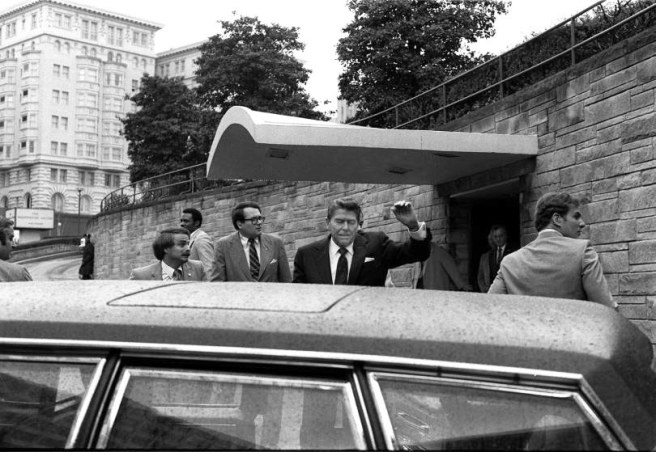 Hendrik Kerstens, Paper Roll, August, 2008
Hendrik Kerstens, Paper Roll, August, 2008
The Monash Gallery of Art has an exhibition of portraits by Hendrik Kerstens that echoes the Eden project by Polixani Papapetrou showing in another room (see my previous post). Both artists include the photographers’ daughter in their portraits and use their age as part of the subject, and both dress them in symbolic costume.
Kerstens portraits evoke 17th century Dutch painting … “A number are clearly reminiscent of Johannes Vermeer. The austerity of the photograph, its clarity, the serene expression on the young girl’s face, and not least, the characteristic “Dutch” light, all combine to create this impression.
However, Kerstens was not just imitating painting. As the series progressed, he became increasingly interested in the game of creating a conceptual and humorous dialog between past and present.” (danzigergallery.com)
 Hendrik Kerstens, Doily, March, 2011
Hendrik Kerstens, Doily, March, 2011
Kerstens’ work is matched with a series of portraits also influenced by Dutch painting by the photographer, Erwin Olaf, also from the Netherlands. It’s a good time to go to Monash since there is also a large exhibition by Martin Parr, but they all close this Sunday December 4.





















